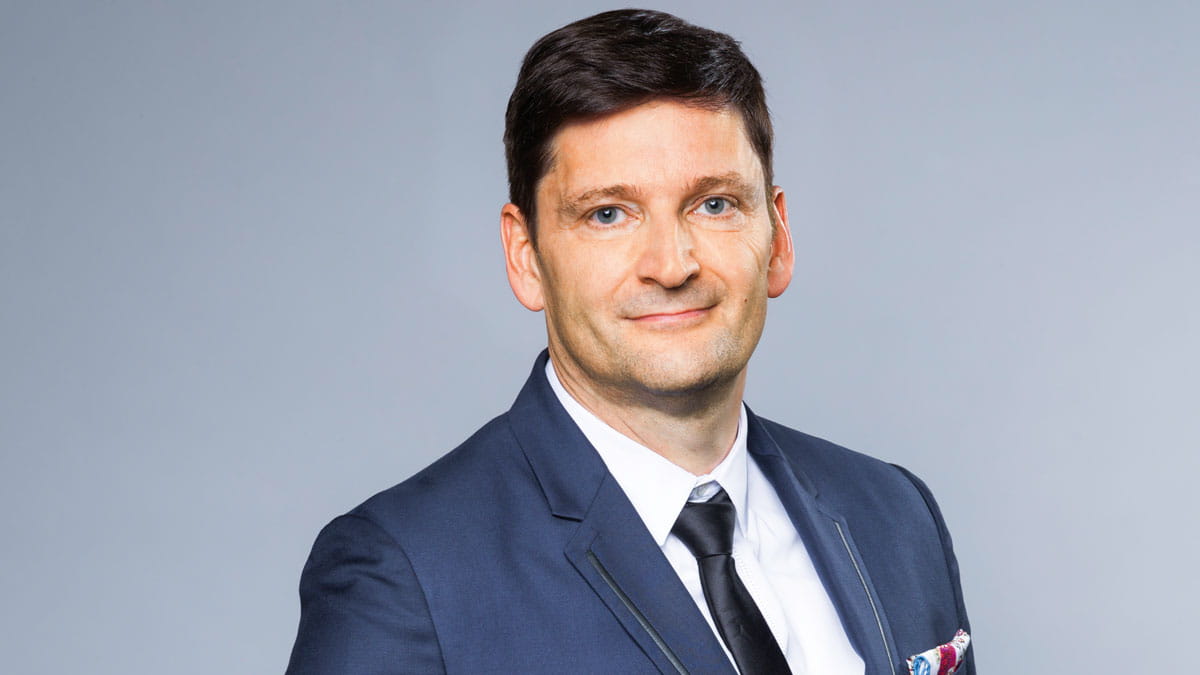
Advances in molecular testing are making patent protection and monitoring ever more difficult. Jürgen Schneider, Vice President, Head of Global IP & Licensing, QIAGEN, says its time for the sector to reach for new tools.
The problem for molecular-diagnostics companies is that FTO expenditures are rising towards levels that could threaten their products’ commercial viability. And there is no obvious way to escape a tyranny of numbers.
A search engine for patents
The natural alternative to endless and expensive manpower and to fudging IP rights is automation. As a cousin to Google Books, Google Patents’ web crawlers have assembled an online trove of 11.9 million patent approvals and 6.5 million applications (since 2001) from the patent offices of 105 countries. But there is still no patent search-engine that can detect relevant similarities between a patent undergoing an FTO assessment and the tens, hundreds or thousands of others that might just curtail its freedom. An artificial intelligence-powered tool could be a huge help for IP – in diagnostics, pharma and beyond.
A useful first step would be a search engine that could flag relevant patents written in fuzzy as well as sharp language and deal with ever more complex search strategies. .It could use heuristic processes – practical approaches to problem solving, like rules of thumb or educated guesses – to filter out the most pertinent patents for human review. Current automation attempts are unreliable and patchy, and even a next-generation search engine would not be foolproof (although maybe ever less so). But it would open the way to reducing unmanageable human effort without sacrificing rigor – and perhaps one day slash IP-management costs to levels that spur innovations quite simply uneconomical today.
Text adapted from article originally published in CIO Review.



